Summer is just around the corner, and here’s hoping we get the chance to sit outside with a book in a few stray rays of sunshine. See below for a selection of the EFL’s latest acquisitions.
You can see the full list here: https://www.librarything.com/catalog/EFLOxford
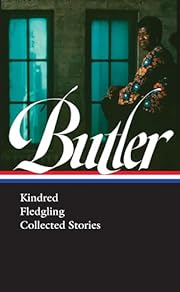 Octavia E. Butler. 2020. Kindred │ Fledgling │ Collected Stories.
Octavia E. Butler. 2020. Kindred │ Fledgling │ Collected Stories.
This Library of America edition gathers together a range of Butler’s works, including short stories, essays, and two of Butler’s novels: Kindred, first published in 1979, and Fledgling, published in 2005. Kindred follows the story of Dana, a young African American woman living in California in the 1970s, who finds herself transported through time to a pre-Civil War slave plantation in Maryland. The second novel, Fledgling, is Butler’s highly original take on the traditional vampire story, and is also Butler’s final novel.
Jack Fennell. 2019. Rough Beasts: The Monstrous in Irish Fiction, 1800-2000.
Fennell argues that whereas the literary fantasy genre ignores history, the horror genre ends it; ‘normal’ human history cannot resume until the monster (or other malignant supernatural being) leaves. Rough Beasts examines the connections between the breaks and rifts in Irish history – for example the Great Famine of 1845-1849 – and the monstrous imagery that thrived in Irish literature during these turbulent historical periods. Fennell structures the book thematically rather than chronologically. Each chapter focuses on a new monstrous entity: demons, ghosts, zombies and shapeshifters all make an appearance.
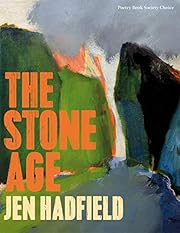 Jen Hadfield. 2021. The Stone Age.
Jen Hadfield. 2021. The Stone Age.
T. S. Eliot prize-winner Hadfield returns to the untamed scenery of the Shetland Islands in her fourth poetry collection, The Stone Age, which dwells on encounters with rock pools and Pictish stones, shadows and scythes. These poems are infused with the belief that all creatures and objects have their own mind and consciousness. Hadfield considers the kind of soul a strimmer with its ‘hateful rhetoric’ might have, and how hope resembles nettles. The collection also explores language and wordplay.
This collection highlights a selection of plays from the frequently neglected genre of Gaelic theatre. The eight plays here were produced over a period of time ranging from the start of the twentieth century right up to the present. Macleod’s introduction gives the reader an insight into the history of Gaelic drama, which developed later than other Gaelic performative arts such as poetry and storytelling. English translations are included to make the work accessible to non-Gaelic as well as Gaelic speakers.
 Cheryl Suzack. 2017. Indigenous Women’s Writing and the Cultural Study of Law.
Cheryl Suzack. 2017. Indigenous Women’s Writing and the Cultural Study of Law.
Suzack provides an in-depth, interdisciplinary study that analyses how Indigenous women writers have used storytelling to illuminate social injustices in the post-civil rights period in the US and Canada. Through their writing, authors Leslie Marmon Silko, Beatrice Culleton Mosionier, Louise Erdrich, and Winona LaDuke challenge legal practices such as discriminatory tribal membership and land dispossession, which have led to the marginalisation of Indigenous women. Each of the four main chapters places a court case from the late twentieth century alongside a literary text that interrogates it.
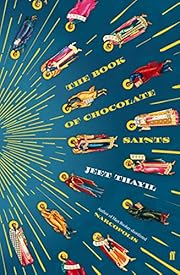 Jeet Thayil. 2018. The Book of Chocolate Saints.
Jeet Thayil. 2018. The Book of Chocolate Saints.
The Book of Chocolate Saints is Thayil’s second novel, exploring themes of art and artistic creation. It delivers an unreliable portrait of renowned (fictitious) painter and poet Francis Newton Xavier, an ambiguous character portrayed both through a third-person narrative and through interviews given by the people in his life, conducted by biographer Dismas Bambai. In his later years, Xavier returns to India for an exhibition of his work in New Delhi. This is a journey not only across geography but also into Xavier’s past.

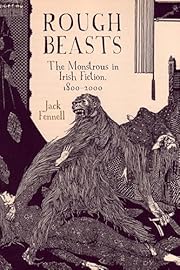
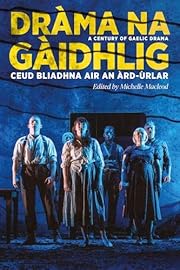 Michelle Macleod (ed.). 2021. Dràma na Gàidhlig: Ceud Bliadhna air an Àrd-ùrlar: A Century of Gaelic Drama.
Michelle Macleod (ed.). 2021. Dràma na Gàidhlig: Ceud Bliadhna air an Àrd-ùrlar: A Century of Gaelic Drama.